The BLM recently announced that they would be analyzing 195 miles of routes – Again – in the San Rafael Desert. We’ve been following this issue for several years, so let us give you a quick refresher.
- In 2020 BLM released a final Travel Management Plan for this area. They chose the OHV friendly alternative.
- SUWA challenged the decision through an administrative appeal.
- BlueRibbon Coalition, several allies, and the State of Utah intervened to defend the plan.
- Their appeal was denied.
- BLM began implementing the plan to designate over 800 miles of routes as open in the area (less than 1% of the area is impacted by routes).
- SUWA challenged the decision in the Federal Court of Appeals.
- BlueRibbon Coalition, several allies, and the State of Utah intervened to oppose the appeal.
- Administration changes in Washington.
- While waiting for SUWA to file an initial complaint BLM secretly releases a decision to close 35 miles of routes through a categorical exclusion.
- After over a year of collecting information, SUWA and BLM create a backroom settlement deal.
- BRC, several allies, and the State of Utah appealed the inappropriate use of a categorical exclusion to close these roads.
- BRC, several allies, and the State of Utah oppose the motion to dismiss the appeal (the backroom settlement deal).
- Despite the opposition to the settlement, a Federal judge agrees that the settlement can move forward.
We are currently waiting to see if the closures of the 35 miles of routes through categorical exclusion will be reversed by our appeal.
The BLM announced it is collecting feedback from the public on 195 miles of routes as part of the settlement agreement with SUWA. Here is the BLM’s request:
Request for Public Input: During the process that culminated in the 2020 SRD TMP, BLM received extensive input on routes in the SRD TMA from the public and cooperating agencies. BLM is reviewing these prior comments as a part of its preliminary reconsideration assessments. BLM now invites the public to submit new information focused on the settlement routes, including information about the routes’ purpose and need and resource considerations. Because BLM has reviewed and is considering comments submitted prior to the adoption of the 2020 SRD TMP, BLM respectfully requests that commenters only provide new settlement-route-specific information not already submitted in the previous SRD TMP travel-planning effort.
BLM will review and consider all new information and comments pertaining to the settlement routes submitted by the public. If possible, please include the route Segment ID with each comment. The public has until August 26, 2022 to submit any new information or comments on the settlement routes.
It is worth pointing out that BLM makes it clear that they are requesting new information on these routes, however, until we hear back on the 35 miles that were closed through categorical exclusion, it is incredibly difficult for the public to assess the current condition of the closed routes to provide new information.
We shared our concerns with the BLM, and we requested that they rescind the temporary closure order or extend the deadline of the reconsideration process until 30 days after we receive a response to our appeal.
This is the response we received from the attorneys at the BLM:
I have consulted with BLM and they decline your request to withdraw the temporary closure order or extend the San Rafael Desert reconsideration process being conducted pursuant to the 2022 settlement agreement. The agency’s recent current request for new information concerning the routes under reconsideration is not a request or invitation to use off-road vehicles on routes that are temporarily closed. Additionally, there are ways for the public to obtain information, even on temporarily closed routes, including, for example, by walking, using drones, or using Google maps or other electronic imagery.
We have spent time in the San Rafael Desert ground-truthing the BLM’s field work with volunteers who have physical disabilities that prevent them from walking 35 miles in harsh terrain during the months of July and August when the average temperatures in the San Rafael Desert easily exceed 100 degrees. It is insulting and discriminatory that BLM’s response to stakeholders in this process is that instead of letting them use OHVs on perfectly good OHV routes to provide public feedback on the condition of the OHV routes, they must walk. The BLM also buried the information about these closures in the “related projects and links” tab of the project page instead of acknowledging these route closures in the introductory document.
While we need any willing members of the public to provide feedback on these routes, if you do go to the San Rafael Desert to ground truth the routes, please review the current route closures to avoid using these routes with an OHV. If you decide to walk these routes, please bring a good pair of hiking shoes, a lot of water, and a satellite device to call Search and Rescue if necessary (these perfectly good OHV routes can still be used by Search and Rescue vehicles).
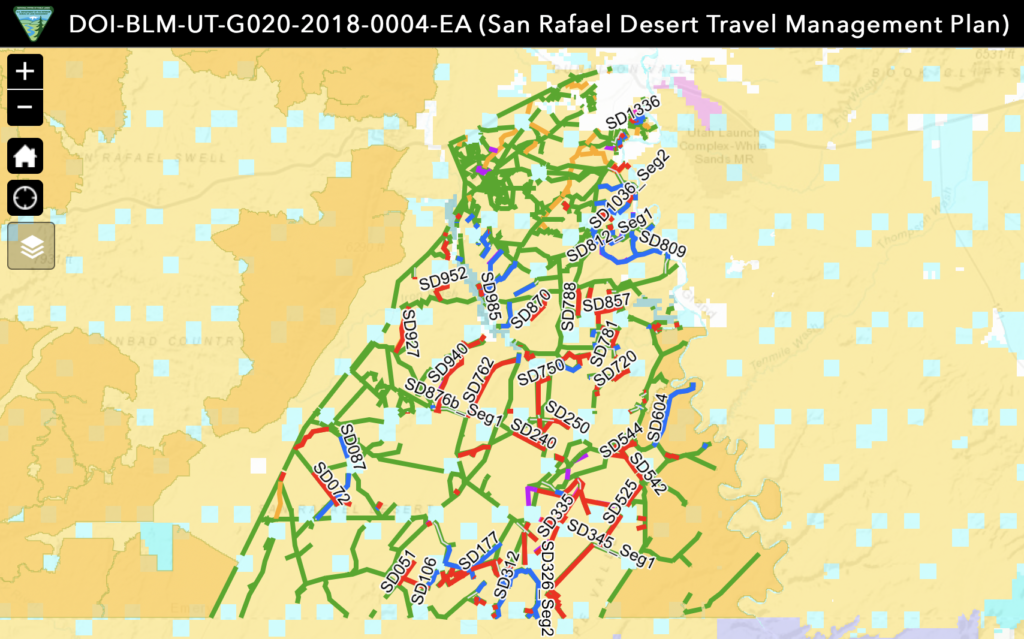
In the image above, the routes in red are the ones BLM is analyzing again. You can also access an interactive version of this map here, so you can zoom in and review the routes in more detail.
We invite all our members, and especially our supporters of the 10,000+ Project to add their feedback to this process. Here are the forms of feedback that will be the most helpful:
- Visit the San Rafael Desert and verify the condition of any of these routes on the ground with abundant photographic documentation. (Be careful to avoid using OHVs on the 35 miles of closed routes. If you have a drone, consider getting drone footage of these routes.)
- Spend some time finding the routes on Google Earth and sharing the satellite imagery with the BLM. Remember, Google Earth has satellite imagery that let’s you look at historical imagery going back to the 1990s. That so many of these routes have persisted over time shows they are being used and have a purpose and need. It is also our experience that the historical data doesn’t show evidence of prolonged or persistent resource damage.
- If you are unable to perform your own field work, you can still send your feedback to the BLM using our action alert form below before the August 26 deadline. This action alert will send an important message to the BLM and to your members of Congress.
- We have already done significant work in this area, but we will probably spend a few more days in the desert before the comment period ends. If you haven’t become a sustaining member of the 10,000+ Project, we need your support. We are asking everyone who cares about keeping these areas in Utah open to commit to donate $5 a month to support our legal work. Hopefully this update shows we are going the distance to fight for your future access to these areas.

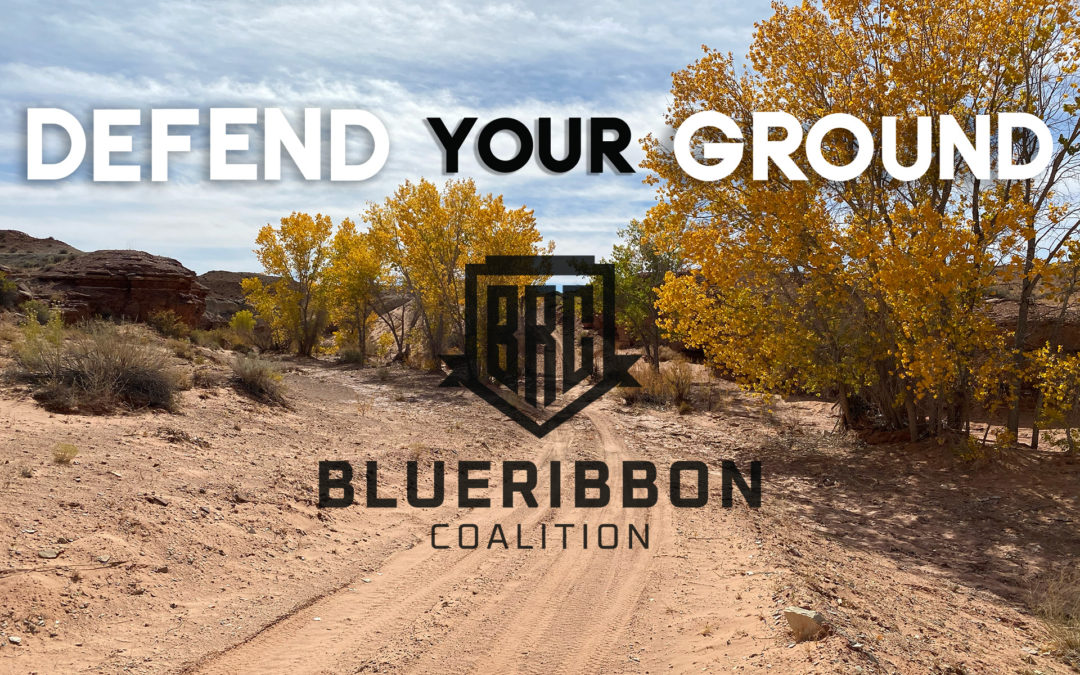
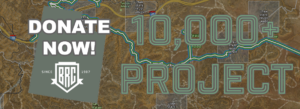
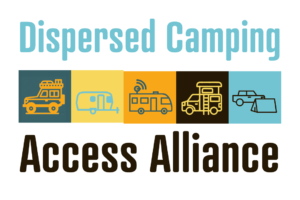
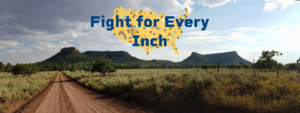
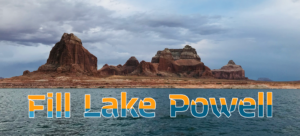
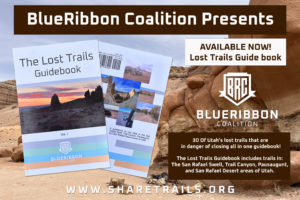
My wife is handicap, off-roading is how she is able to get to the majesty of our public lands. Please stop closing our public routes.
Please do not close “Lost Trails #15 & #16 | San Rafael Swell, UT | BLM Routes SS4554 & SS4556 | Dispersed Camping & Canyon Overlook”, I have been going to the San Rafael Swell for over 45 years and I love it how it is.
my family including son daughters and now grandsons and granddaughters have spent many enjoyable hours and days riding in the San Rafael. Please stop the closure of established routes in this area